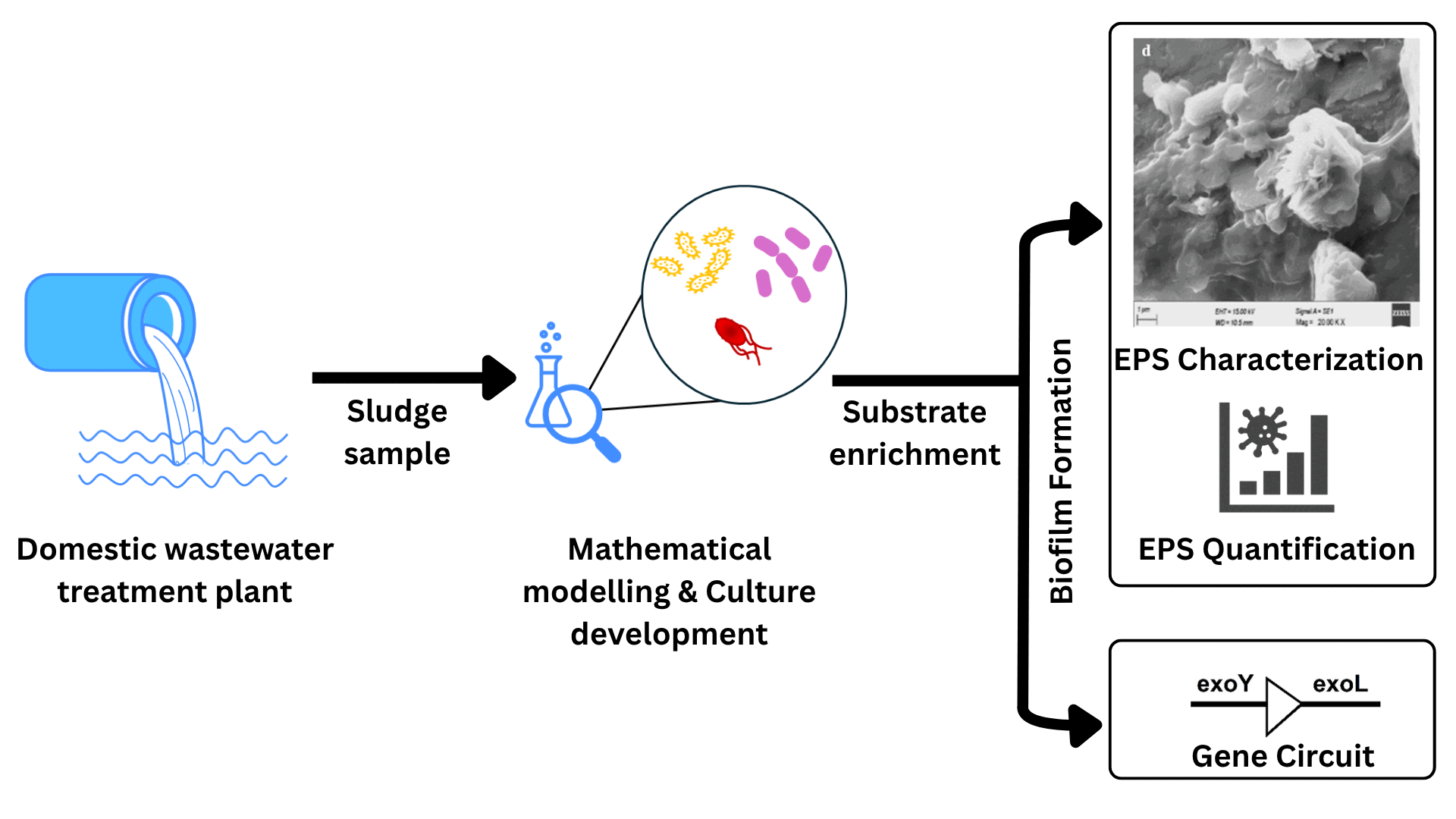Publications
My publications in reverse chronological order.
Note: The section sign (§) indicates equal contribution.
2025
- Manuscript in reviewDevelopment and characterization of Artocarpus heterophyllus Lam. nanosuspension: A strategy to enhance bioavailability and antioxidant potential of plant bioactivesNanotechnology for Environmental Engineering, 2025
- Manuscript in prep.Biogenic synthesis of silver nanoparticles using endophytic bacteria isolated from Andrographis paniculata and its potential applications as anticancer and antibacterial agents2025
- Manuscript in prep.Functional dynamics revealing metacommunity and organisation of microbial populations in lentic environment2025
2024
- ThesisIn Vitro Toxicity Assessment of Polystyrene Nanoplastics in Chinese Hamster Lung fibroblast cells (V-79)Amity Institute of Biotechnology, Amity University Uttar Pradesh: Unpublished Master’s Thesis, 2024
